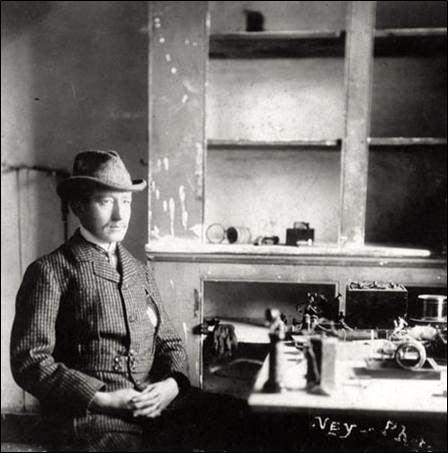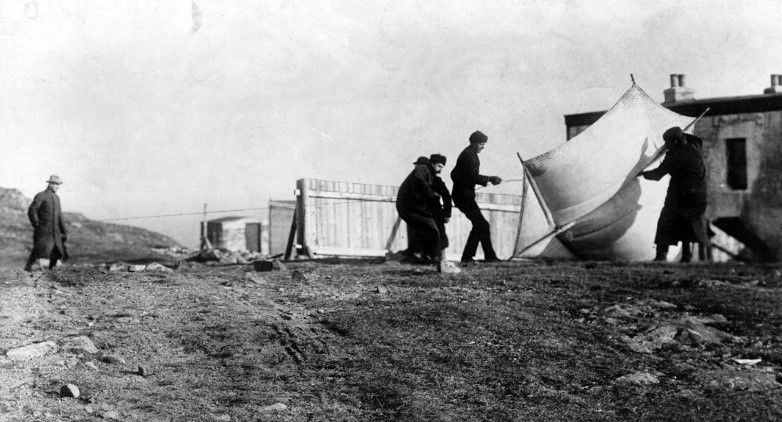The History Column: Marconi Radio
The third anniversary in this series is Marconi’s first transatlantic radio transmission, on 14 December 1901.
In the late 19th century several scientists, including Popov, Tesla, Lodge and Marconi, worked to investigate the properties of electromagnetic waves experimentally. In particular, Marconi demonstrated transmission of a radio signal over increasing distances, and by the end of 1901 he was able to attempt to send a signal from Poldhu in Cornwall, south-west England, to St John’s in Newfoundland, Canada.

The equipment was quite crude: the transmitter was a spark gap, generating an impulse with a broad spectrum, filtered by whatever selectivity the circuitry and the antenna possessed. The receiver was based around a detector known as a coherer. The nominal frequency of the signal was 700 kHz. Eventually the weak Morse code letter ‘S’ was heard by Marconi at St John’s. The next year Marconi carried out further demonstrations with the receiver on a ship sailing across the Atlantic.
Both Poldhu and St John’s are marked by IEEE Historic Milestone plaques.
There is still some controversy about the means of propagation. The whole transmission path was in daylight, and it is known that such low frequencies do not propagate over such distances in daylight. However, in 1974 a British physicist Jack Ratcliffe modelled the spectrum of the spark gap signal and showed that although there was a broad peak around 700 kHz, there was also a strong peak around 3.5 MHz. It is very likely that it was this that was responsible for the long-range propagation.
The success of Marconi’s experiment led to rapid developments in transmitter and receiver technology, and to the use of wireless for communication, and ultimately for broadcasting.


Further information may be found in:
Ratcliff, J. A., ‘Scientists’ reactions to Marconi’s transatlantic radio experiment’, Proc. IEE, 121 (9), pp1033-1038, 1974.
Griffiths, H.D., ‘Oliver Heaviside and the Heaviside Layer’, Phil. Trans. Roy Soc. A Vol.376, No.2134, 29 October 2018. https://royalsocietypublishing.org/doi/10.1098/rsta.2017.0459
Hugh Griffiths
University College London

